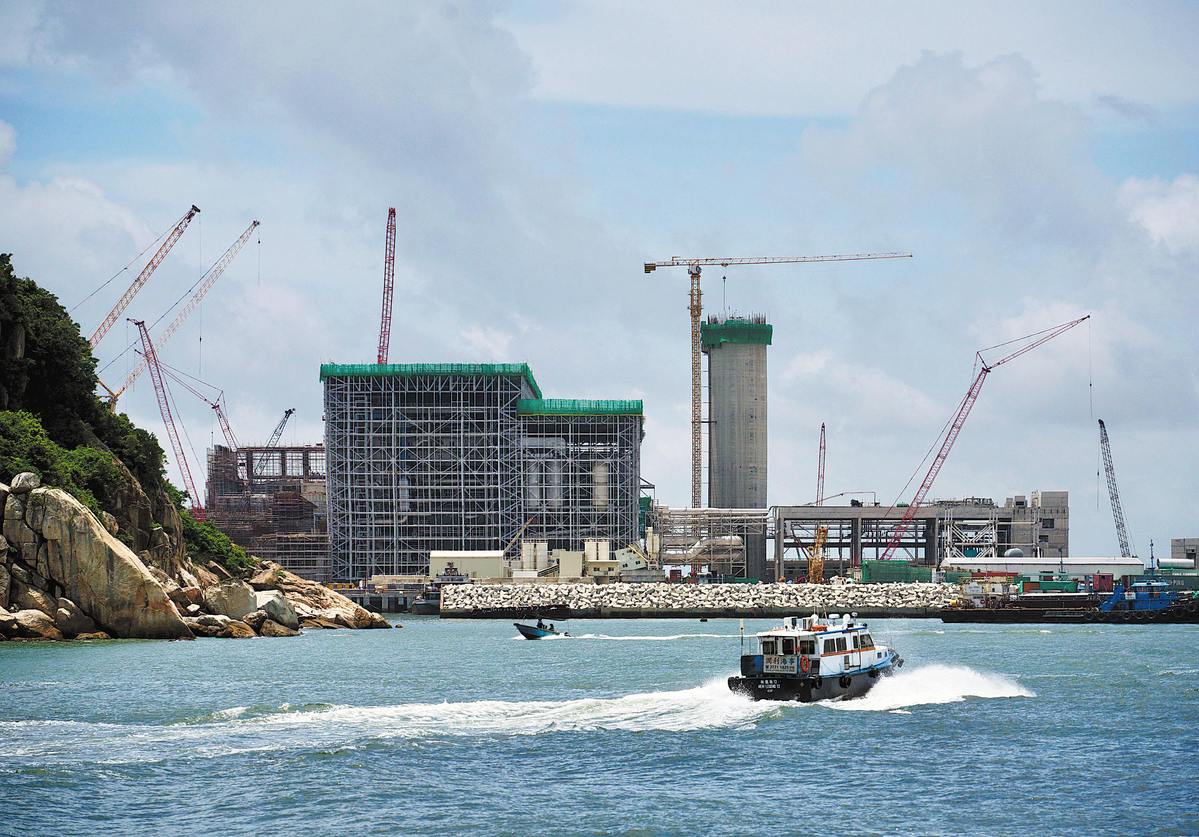Pioneering green tech eyes space application, industry boost
Hong Kong scientist has dual vision to convert CO2 into diverse products


Editor's note: In this series, Greener Visions, China Daily delves into the research, development and implementation of cutting-edge carbon technologies in the Guangdong-Hong Kong-Macao Greater Bay Area, aiming to cut emissions and achieve carbon neutrality.
Hong Kong nanomaterials scientist Daniel Lau Shu-ping has a dual vision: converting carbon dioxide into a widely used, colorless gas scaled big enough for industrial use, and also shrinking it to the point where it can be used for space missions.
Turning the greenhouse gas into ethylene is an innovative approach to achieve Carbon Capture, Utilization and Storage. Fueled by growing acceptance and technological progress, CCUS has gained traction in many countries and regions as a viable way to combat global warming and achieve carbon neutrality, especially in those industries that find it hard to lower their greenhouse gas emissions.
Ethylene — primarily used for plastic products such as bags, containers and pipes — is traditionally made through energy-intensive (750 C — 950 C) steam cracking of fossil fuels.
Each year, global production of 160 million metric tons of ethylene, the world's most-used petrochemical, emits more than 260 million metric tons of carbon dioxide.
Lau, who is also a chair professor of Nanomaterials at the Hong Kong Polytechnic University, innovatively provides a clean, energy-efficient solution for producing the carbon-heavy petrochemical.
His system captures the carbon dioxide and reacts it with water in a 2-square-centimeter steel cube using renewable electricity. While a first-generation plant remains unprofitable, Lau's improved second-generation technology has shown promising results.
First-gen systems face stability issues: their alkaline electrolytes react with CO2, forming carbonate blockages that require disassembly and clearance every 200 hours. Lau's improved design eliminates this problem, maintaining functionality for 2,000 hours at industrial-scale electricity levels in lab tests, achieving better efficiency.
"Industrial adoption requires gradual scaling," Lau said. His team has already enlarged the unit 50-fold, and eventually hopes to expand to modules that are big enough to enable industrial capacity.
- First cross-border event debuts at the National Games
- China Focus: National Games enhances coordination under 'one country, two systems'
- China's Fujian aircraft carrier to make regular appearances on high seas: spokesperson
- A decade of dialogues
- HK: a stage for art and cultural dialogue
- Tapping truly unknown wonders




































